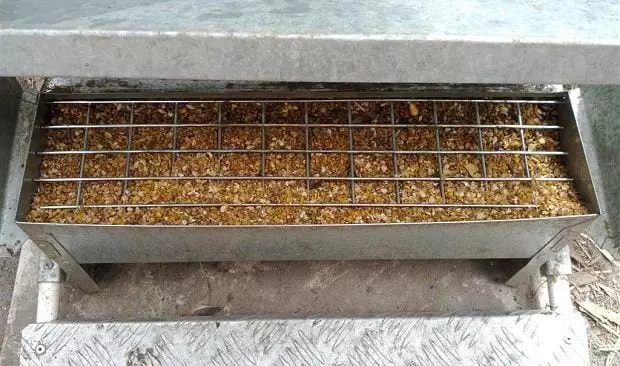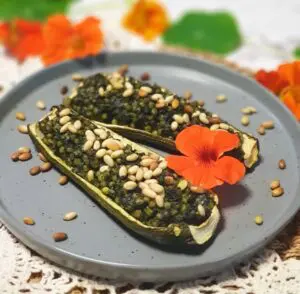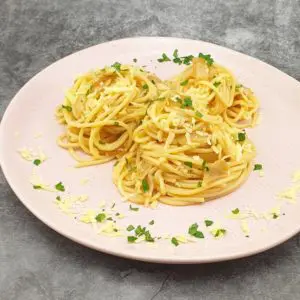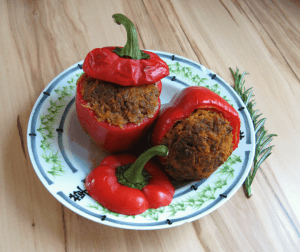There are plenty of different types of chicken feeders on the market today some are good and some are very bad. One of the most popular types of chicken feeders is the treadle feeder and in this article I will explain my thoughts and recommendations on this particular type of feeder so if you are considering buying one it might be worth while to a have a quick read.
I've written about chicken and other poultry feeders before – I've even invented my own style of DIY feeder and the main issue I always highlight is feed spill or wastage. You can buy the most expensive and best looking feeder there is in the world but if feed gets raked out all over the ground instead of being eaten by your chickens you'll have a sorry mess and waste of money in your pen.
Therefore, when deciding on the type of treadle feeder you should buy the main feature you should look for is not how much feed it can hold, but, how good does it hold feed to prevent hens from raking the grains out all over the place! Treadle feeders are supposed to make providing feed to your flock easier not harder; however, I often see (and once purchased) expensive treadle feeders which may hold a lot of feed and keep rodents out but also make a hell of a mess – this is NOT good.
There are some simple points I look for in a feeder design when considering how well a feeder holds the feed. Firstly, the feed chamber where the hens poke their heads and beaks in to feed should have some anti-raking technology like a large lip or a grate over the feed to prevent chickens from deliberately sifting through the grain and spilling it over the edge of the vessel onto the ground. Secondly, I check if the feeder has a gravity fed storage unit. If so, I get very wary… Gravity fed feeders are notoriously messy because they dispense feed as the hen eats from the chamber and this would be fine if it actually worked like that, unfortunately, more often than not the hen is just raking the feed out knowing more will keep coming thus building up a pile of feed in the feeder bay/chamber until it spills out over the edge.

Mesh floating on top of feed to help stop raking and spillage (image above)
With those points in mind and covered then anything extra is a bonus such as: extra feed storage, weather proofing, rodent proofing, etc. My perfect treadle feeder would be one that holds a 25kg (55 pound) bag of mixed grain; has very little if any spillage when being used; easy access; rodent proof; robust/long lasting; and all weather but sadly I'm yet to find a commercial product that ticks all these boxes perfectly.
Having said that, when looking for a treadle feeder there are good ones to be found and you needn't pay a lot of money either as some of the most expensive designer treadle feeders are actually worse than most of the cheapest. If I were back in the market for a treadle feeder I would buy one without the gravity feed chute or bin. Yes, this means the feeder wouldn't hold as much feed but at least the feed would not end up all over the ground!
In the image below the treadle feeder on the left is gravity fed and the treadle feeder on the right is not gravity fed meaning, the feed bin is directly under the lid and works as storage plus eating chamber. Tip – don't fill these non-gravity treadle feeders to the top instead leave a few inches of space and by not over filling the hens can't rake the grain up and out. As per the image, I would prefer the non-gravity fed feeder (on the right) any day over the larger feeder on the left for those reasons already stated.

I'm not endorsing any particular brand of treadle chicken feeder; however, I do recommend if you decide to purchase a gravity fed unit ensure it has a better design than the standard otherwise it would be prudent to go with the non-gravity type units. Whichever you choose is up to you and there's a good range of treadle feeders for chickens and other poultry here:













